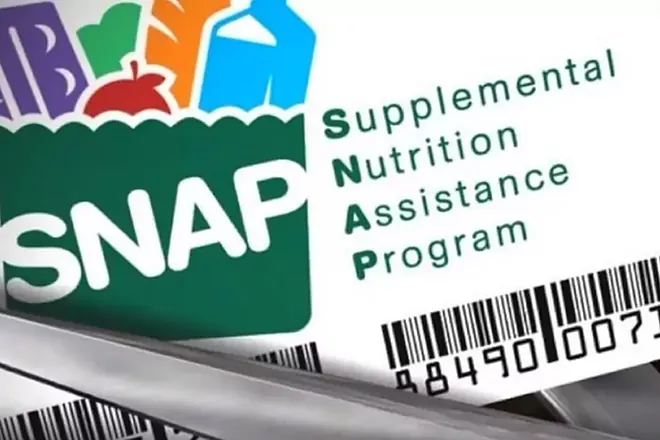Save Big on Car Insurance: Essential Tips for New and Used Car Owners
According to The Street, Whether you’re purchasing a new vehicle from a dealership or a private seller, securing car insurance is a necessity. While New Hampshire is the only state that doesn’t mandate auto insurance, all others require a minimum coverage to legally drive on public roads. If you’re financing or leasing your vehicle, additional insurance requirements may apply.
Understanding the Cost Factors
When it comes to car insurance, various factors can influence your premiums. According to Howard Goldberg, vice president of the customer solutions center at Plymouth Rock Assurance, “The vehicle itself can be a key factor.”
Vehicle Type Matters
Generally, the type of car you drive significantly affects your insurance costs. High-end luxury and sports cars tend to incur higher premiums. For example, the Maserati Quattroporte Trofeo is the most expensive car to insure, with an annual premium of $6,166. In contrast, the Honda HR-V is the cheapest vehicle to insure, averaging just $1,673 annually. Additionally, certain vehicle features, such as anti-theft devices, can lower your insurance premiums by approximately 9%.
Know Your Coverage Needs
Each state mandates a minimum amount of liability insurance, but these amounts are often insufficient for major accidents. If you’re financing or leasing, lenders typically require collision insurance—covering damages from at-fault accidents—and comprehensive insurance, which protects against non-collision events like weather damage and theft.
Your lender may also require gap insurance, which covers the difference between your car’s value and the remaining loan balance if it’s totaled. While these coverages aren’t legally required, they can be beneficial in protecting your investment. For older vehicles, opting for liability insurance may be more cost-effective than full coverage.
Average Insurance Costs
Here’s a snapshot of what you can expect to pay for car insurance in the U.S., based on Insure.com averages:
- State minimum liability insurance: $502
- Full coverage (liability, collision, and comprehensive): $1,897
- Gap insurance: Typically 5% to 6% of your comprehensive and collision premium, usually under $60.
Shop Around for the Best Rates
Once you’ve determined your required coverage, it’s time to shop for insurance. Don’t settle for the first offer you receive; aim to get at least three or four quotes from different insurers. Insure.com notes that comparing quotes can save you as much as $3,000.
Adding Your New Vehicle to Your Policy
When you acquire a new vehicle, adding it to your insurance policy is a straightforward process. You’ll need to provide your insurer with the vehicle identification number (VIN). Most insurers offer a grace period, allowing you a few days to update your coverage.
Also read: Hundreds of Schools Impacted by Listeria-Contaminated Food Recall
According to Goldberg, “A grace period could come in handy if you are in an accident on your way home from picking up the car,” but it’s wise to ensure your insurance is active before driving off the lot.
Tips for Saving on Car Insurance
Before committing to a new vehicle, consider both your needs and the associated insurance costs. Here are additional tips to save on car insurance:
- Bundle Your Policies: Purchasing home and auto insurance from the same provider can yield savings of up to 25%, depending on the carrier.
- Increase Your Deductible: Raising your deductible from $250 to $500 could lower your premiums by about 8%, and increasing it to $1,000 may reduce premiums by nearly 11%. Keep in mind that a higher deductible means more out-of-pocket expenses in the event of a claim.
- Seek Discounts: Insurers typically offer a variety of discounts, including those for maintaining a clean driving record, completing a defensive driving course, paying your premium in advance, choosing paperless billing, and military service. Savings can range from 5% to 25% or more, based on your qualifications.
By understanding your insurance needs and taking proactive steps, you can make informed decisions that save you money when purchasing a new vehicle.






